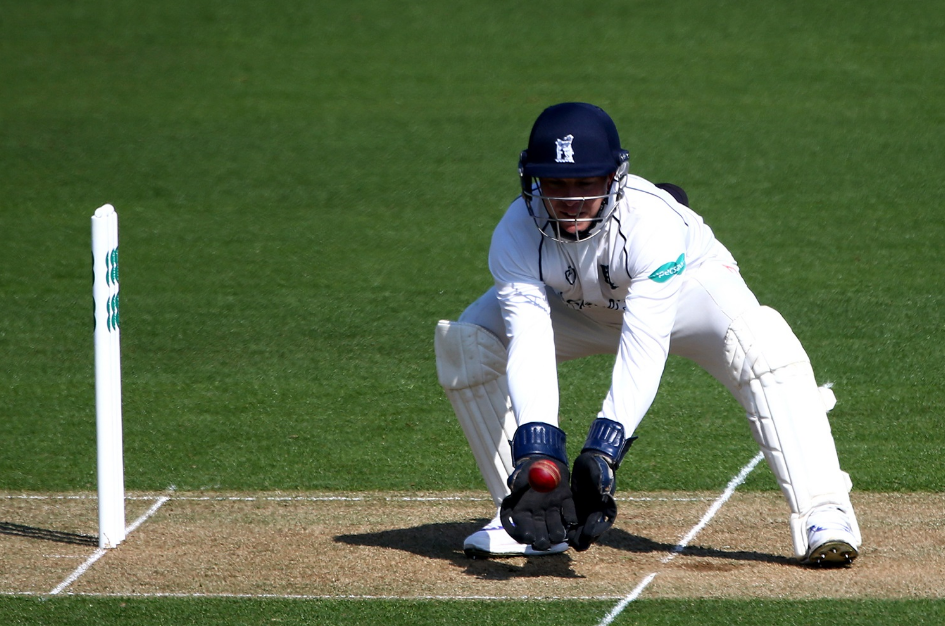The wicketkeeper is an integral part of the cricket team, as they play a key role in defending the wicket and helping to dismiss batsmen. Here are some key responsibilities of the wicketkeeper:
- Standing behind the stumps: The wicketkeeper’s primary role is to stand behind the stumps and act as the last line of defense for the fielding team. They should be alert and ready to take catches or affect run-outs if the ball is hit in their direction.
- Collecting the ball: The wicketkeeper is responsible for collecting the ball from the bowler and returning it to them after each delivery. They should aim to collect the ball quickly and accurately to minimize the time between deliveries and keep the pressure on the batsmen.
- Communicating with the bowler: The wicketkeeper is the key communication point between the bowler and the rest of the fielding team. They should pass on any information about the batsman’s tendencies or weaknesses to the bowler, and help to set the field according to the bowler’s plans.
- Stumping: A wicketkeeper can also dismiss a batsman by stumping them, which involves removing the bails from the wicket while the batsman is out of their crease. This requires quick reflexes and good hand-eye coordination.
- Wicketkeeping gloves: The wicketkeeper wears special gloves that have extra padding to protect their hands when catching the ball. They should ensure that their gloves are properly fitted and in good condition to help them catch the ball more effectively.
By understanding their responsibilities and mastering the necessary skills, wicketkeepers can play a crucial role in their team’s success on the field. Whether you’re a beginner or an experienced wicketkeeper, it’s never too late to work on your skills and become a valuable member of your team.
